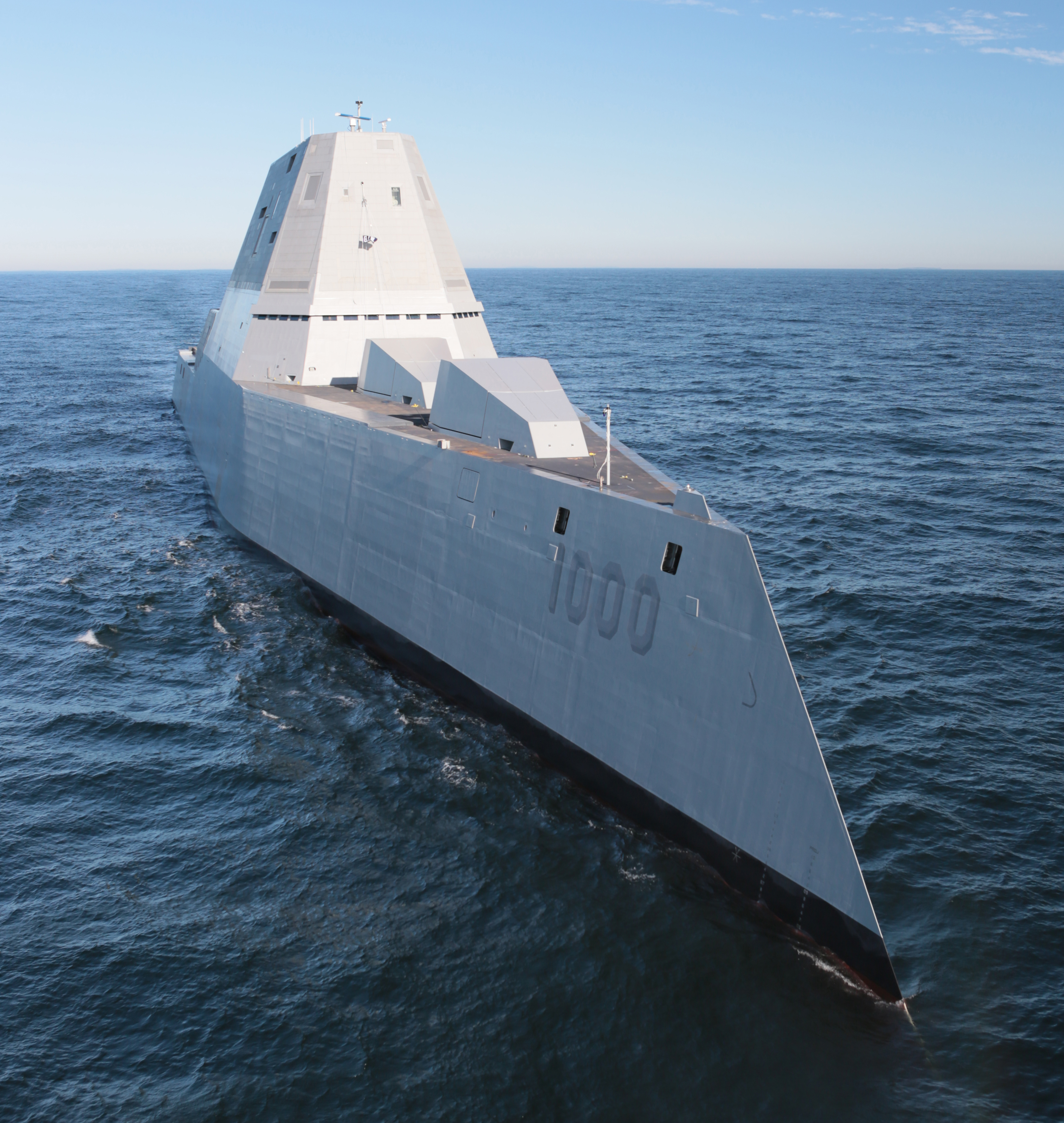Summary of Presentation on the Future of Nuclear Weapons
Former National Intelligence Officer for Nuclear Weapons Programs and Non-Proliferation, Keith Hansen, provided NSF attendees with a remarkably comprehensive overview of the global nuclear weapons balance today, with a focus on US-Russian stockpiles and delivery vehicles. He also addressed the inventories held by other powers and the potential for further proliferation of these weapons.
Given the current chill in US-Russian relations over Ukraine and other issues, it appears that further reductions in US & Russian strategic offensive nuclear forces are unlikely. Currently, the US and Russian arsenals each total around 4,000 nuclear bombs & warheads, and they are committed to reduce to around 1,500 by 2018. Meanwhile, each of the other seven nuclear-weapon states (UK, France, China, Israel, India, Pakistan, & North Korea) possess arsenals from tens to hundreds of bombs and warheads (see chart).
Because of their unique destructive power, nuclear weapons are game changers — they alter the balance of power by providing effective deterrence against potential aggressors, even those who possess superiority in conventional arms, nuclear arms, or both. Therefore, the motivations of countries to possess nuclear weapons are strong. In addition to providing security against threats, motivations include the desire for international prestige and a means to achieve strategic goals. Thus despite the high cost in resources and the likely resulting international condemnation & sanctions, some countries continue to seek these weapons. Therefore, it is likely that a country, such as Iran, will acquire nuclear weapons in an effort to further its ambitions and ensure its national survival.
All this despite extensive international and individual country efforts to prevent further proliferation. Additional proliferation would risk an increase in the chances of (1) a nuclear weapon being used, (2) of fissile material being sold to or stolen by terrorists, and (3) of provoking even more proliferation among countries, thereby decreasing further international stability. While the acquisition of a sophisticated nuclear bomb by terrorists appears to be quite difficult, and therefore unlikely, terrorist acquisition of low-grade fissile material for use in a crude radiological device seems to be only a matter of time, especially with the aid of further proliferation.
But are nuclear weapons really useful? In cases involving tensions between countries the answer has been yes, but in the case of dealing with today’s threats, such as ISIL or other terrorist organizations, the answer is no. This then begs the question of whether it is now desirable and feasible to eliminate all nuclear weapons. To do so would require (1) the agreement of all nuclear-weapon states, (2) implementation of extremely intrusive (and probably unacceptable) verification measures to detect cheating, and (3) the political will and ability to deal with any cheating that might occur. The clandestine existence of even one nuclear bomb in such a scenario would be unacceptable to almost all other countries. This, therefore, makes it unlikely that countries possessing nuclear weapons will agree to give them up in the foreseeable future, while other countries are likely to want them.
other countries are likely to want them.
Keith’s comprehensive survey and concerns over future proliferation are summarized well in his PowerPoint, which is attached. It deserves careful attention.

